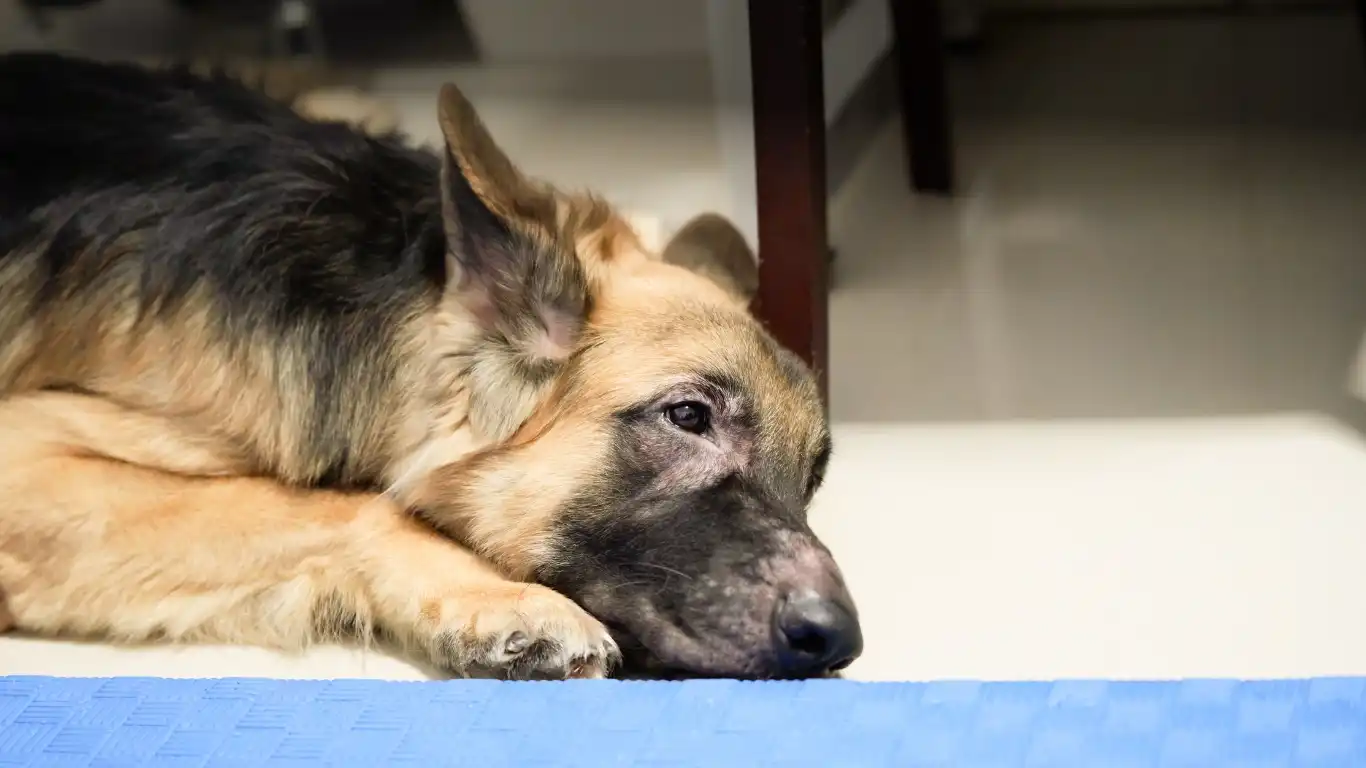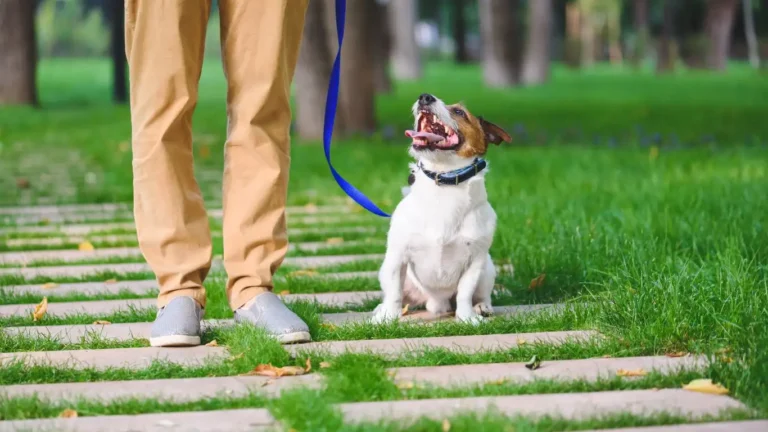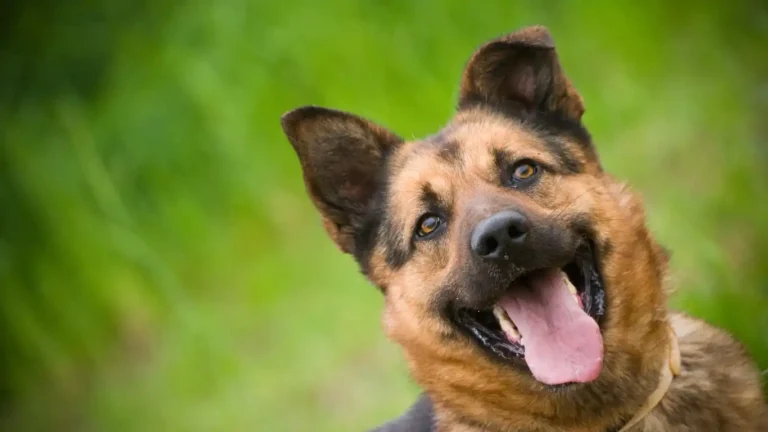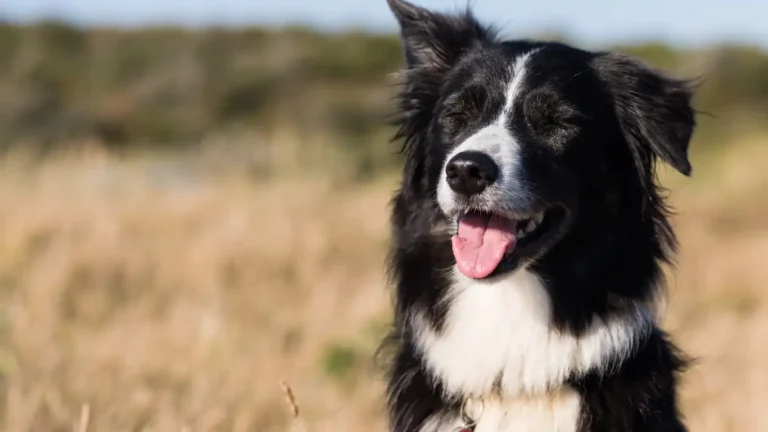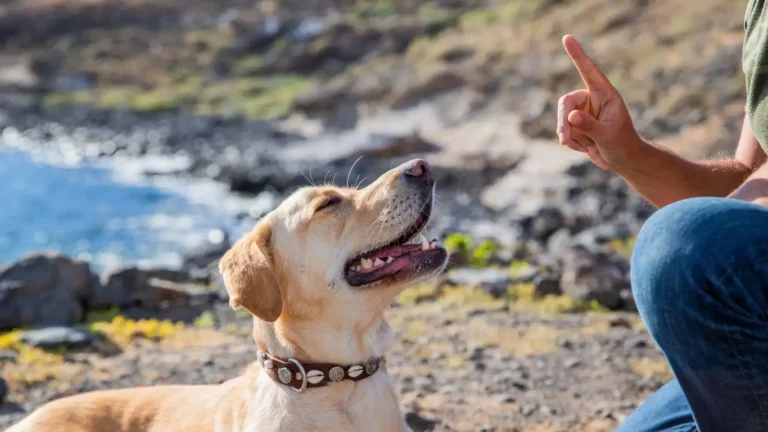Easy Dog Training Tips: Master the Basics and Build Trust with Your Pup
Training your dog can sometimes feel like a daunting task, but trust me, it doesn’t have to be! With a little patience, consistency, and a handful of easy dog training tips, you’ll be on your way to having a well-behaved pup in no time. As a Certified Professional Dog Trainer (CPDT-KA), I’ve seen firsthand how small changes in the way we approach training can make a world of difference. Whether you’re working with a mischievous puppy or an adult dog who’s set in their ways, these simple techniques can help you strengthen your bond and improve your dog’s behavior. So, let’s dive in!
Understanding Your Dog’s Behavior
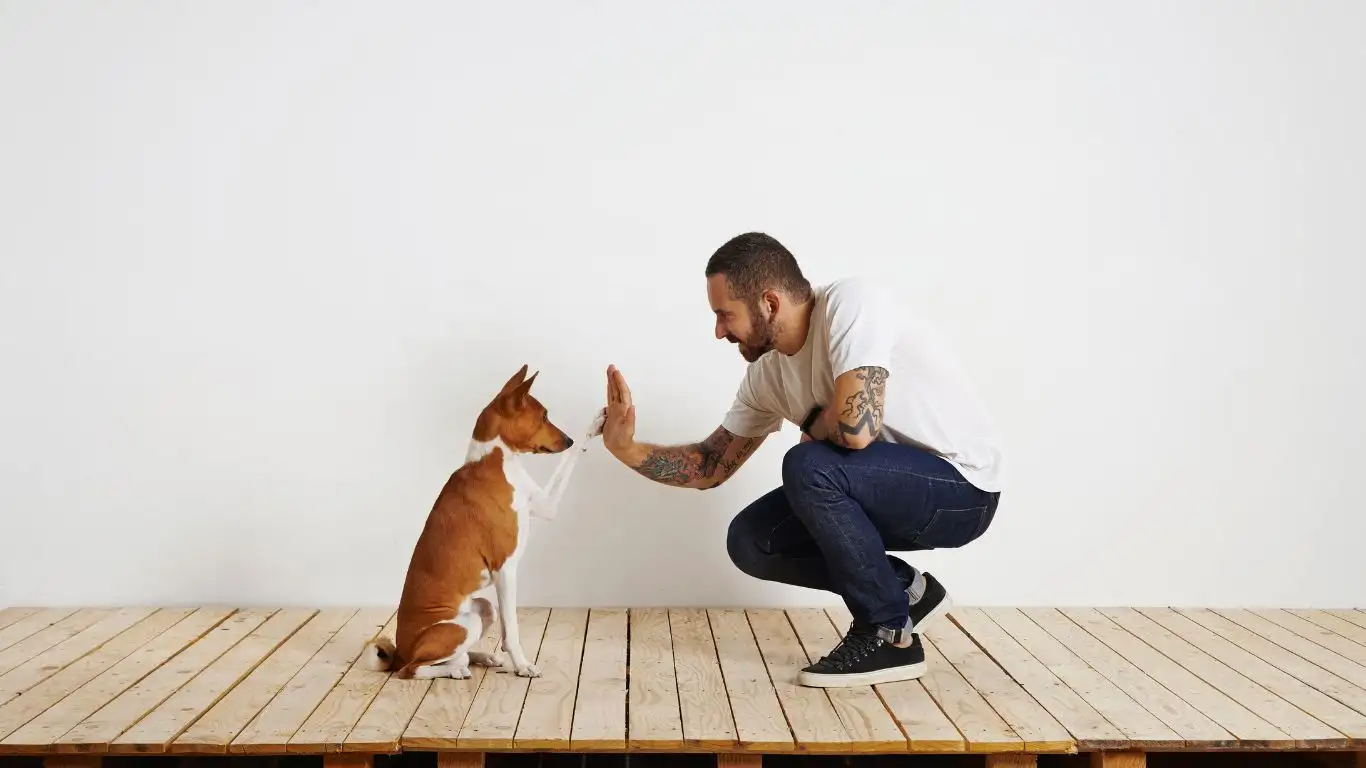
Why Does My Dog Act That Way?
Before diving into specific training tips, it’s important to understand why your dog behaves the way they do. Dogs, like humans, have their own personalities, triggers, and ways of interpreting the world around them. Sometimes, their behaviors—whether it’s barking excessively, jumping on guests, or chewing on your favorite shoes—are just a result of how they’ve learned to cope with their environment.
Dogs are naturally social animals, and many behaviors are simply their way of communicating. For example, a dog that barks might be trying to alert you to something they find interesting or intimidating. The key here is recognizing what your dog is trying to tell you and responding in a way that encourages positive behavior. That’s where easy dog training tips can come in handy. By taking the time to understand the root cause of your dog’s actions, you’ll be able to train them more effectively.
The Power of Positive Reinforcement
When it comes to dog training, positive reinforcement is one of the most effective tools in your toolkit. This means rewarding your dog for good behavior rather than punishing them for bad behavior. Why is this so important? Because dogs tend to repeat behaviors that result in something good happening. If they get a treat or praise every time they sit on command, for example, they’re more likely to sit on command in the future.
I’ve found that using rewards—whether it’s a tasty treat, a favorite toy, or even verbal praise—makes training much more enjoyable for both you and your dog. It helps build trust between you and your pup, and it turns training sessions into a positive experience instead of a stressful one. You don’t need to have a professional training facility or a huge stash of fancy gear. Sometimes, it’s just about being consistent and rewarding the right behaviors!
Easy Dog Training Tips You Can Start Today

1. Start With Basic Commands
One of the easiest ways to begin your dog’s training journey is by teaching them basic commands like “sit,” “stay,” “come,” and “leave it.” These foundational commands are simple and straightforward, making them a perfect starting point for new dog owners or even experienced ones looking to reinforce their pup’s behavior.
For example, teaching your dog to “sit” is an easy trick that can have a lot of positive impacts on their behavior. It’s useful in many situations, like when they’re excited to greet guests or when they’re about to receive food. To teach “sit,” simply hold a treat close to their nose, slowly move your hand up and back, and as they follow the treat with their nose, their bottom will naturally lower to the ground. As soon as their bottom touches the floor, say “sit” and give them the treat. Keep practicing, and soon your dog will know exactly what “sit” means!
2. Keep Training Sessions Short and Fun
Dogs have short attention spans, so it’s important to keep training sessions short and sweet—around 5 to 10 minutes is ideal. Try not to overwhelm your dog with too much at once, and keep things lighthearted. Training should be fun for both of you! If your dog seems frustrated or tired, take a break and try again later.
Over the years, I’ve discovered that dogs are much more likely to respond positively to training when it’s enjoyable. Play a little, reward frequently, and keep the mood light. It’ll help keep your dog motivated, and they’ll be more likely to retain what they’ve learned.
3. Consistency is Key
Consistency is critical when it comes to training. It’s tempting to let your dog get away with certain behaviors every now and then, but this can confuse them. If you want your dog to understand the rules, you have to enforce them every time. Whether it’s not jumping on the couch, not barking at the doorbell, or not begging for food, you must remain consistent with your expectations.
I know firsthand how challenging consistency can be. It’s easy to let things slide when your dog looks at you with those big, puppy eyes. But trust me, setting clear boundaries and sticking to them will pay off in the long run. Be patient, and your dog will start to understand what’s expected of them.
Keep It Positive: Rewards Over Punishment

The Importance of Rewards
We’ve touched on this before, but it’s worth reiterating—positive reinforcement works wonders when training your dog. Rewards don’t just mean treats (though those work great!). Your dog may also love toys, extra playtime, or even a little praise. What’s important is finding something that motivates your dog and using it to reinforce their good behavior.
Every dog is different, and what motivates one might not motivate another. Some dogs go wild for food, while others might be more interested in a game of fetch or a belly rub. The key is to experiment and find what excites your dog, and use that to reward the behaviors you want to encourage.
Addressing Common Dog Training Challenges
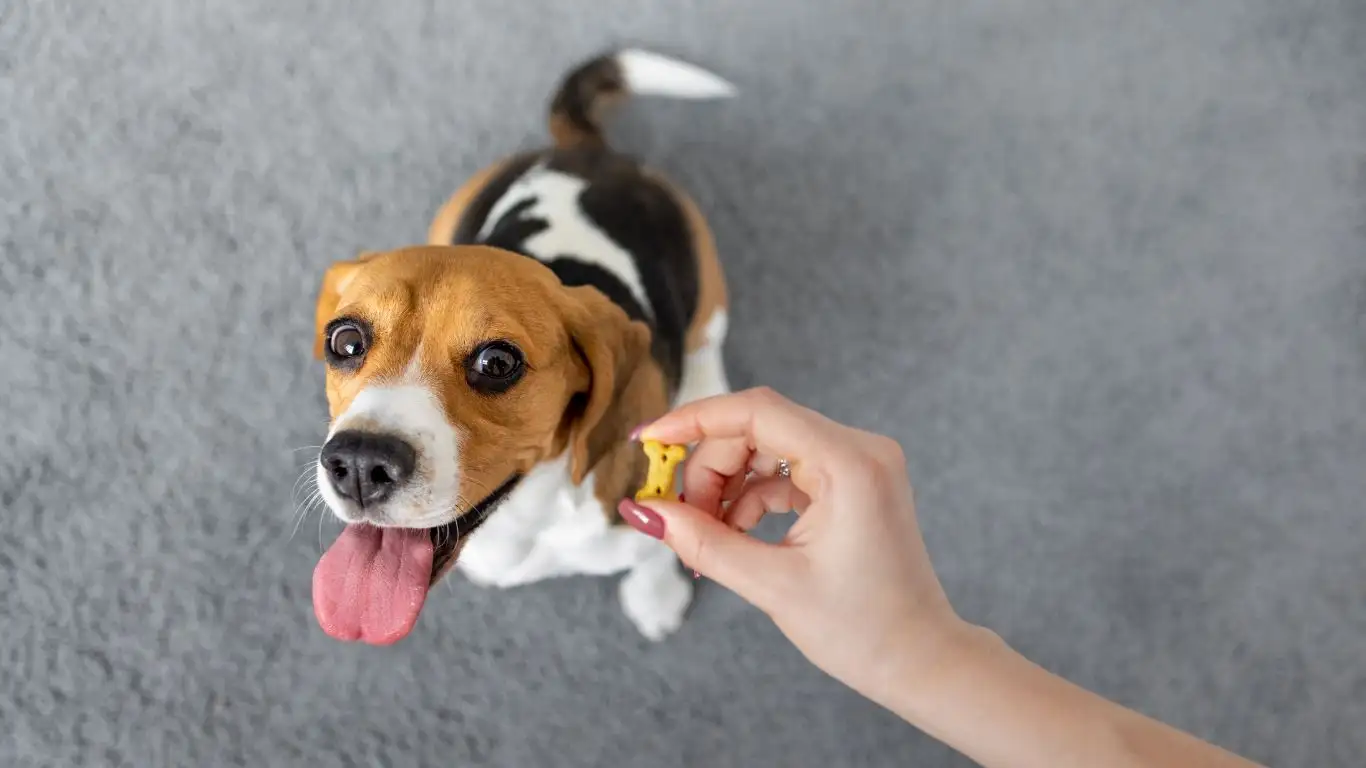
Dealing With Distractions
If you’ve ever tried to train your dog in a busy park or a noisy neighborhood, you probably know that distractions can make training a real challenge. It can be tough to get your dog’s attention when there are so many things competing for it, like other dogs, people, or even squirrels running by! But don’t worry, there are ways to handle these distractions effectively.
Start by practicing in a quiet, controlled environment where there aren’t too many distractions. Once your dog has mastered a behavior in a calm setting, gradually increase the level of distraction by moving to more stimulating environments. For example, you might begin training in your living room, then progress to your backyard, and eventually head out to a park or other public space.
When distractions are present, be sure to use high-value rewards that will capture your dog’s attention. These rewards could be something extra-special, like a high-quality treat or a favorite toy. In my experience, the more exciting the reward, the more likely your dog is to stay focused even when there’s something more exciting happening around them. Be patient, and make sure to gradually build up your dog’s ability to focus in different environments.
Overcoming Barking Issues
Barking is one of the most common behavioral problems I encounter as a dog trainer. Whether it’s barking at strangers, other dogs, or even in response to boredom, it can quickly become a nuisance if left unaddressed. The good news is that with some simple strategies, you can reduce excessive barking and teach your dog how to communicate more appropriately.
First, identify the cause of your dog’s barking. Are they barking because they’re anxious, excited, or trying to alert you to something? Understanding the reason behind the behavior is key to solving the problem. For example, if your dog barks because they’re anxious when someone comes to the door, teaching them the “quiet” command can help. When your dog starts barking, calmly say “quiet” and wait for them to stop before rewarding them with a treat. Over time, they’ll learn that staying quiet results in a reward.
If the barking is related to excitement, try redirecting their focus onto something else, like a toy or a training session. Consistently reinforcing calm behavior with positive rewards will help reduce unwanted barking over time.
Advanced Dog Training Techniques
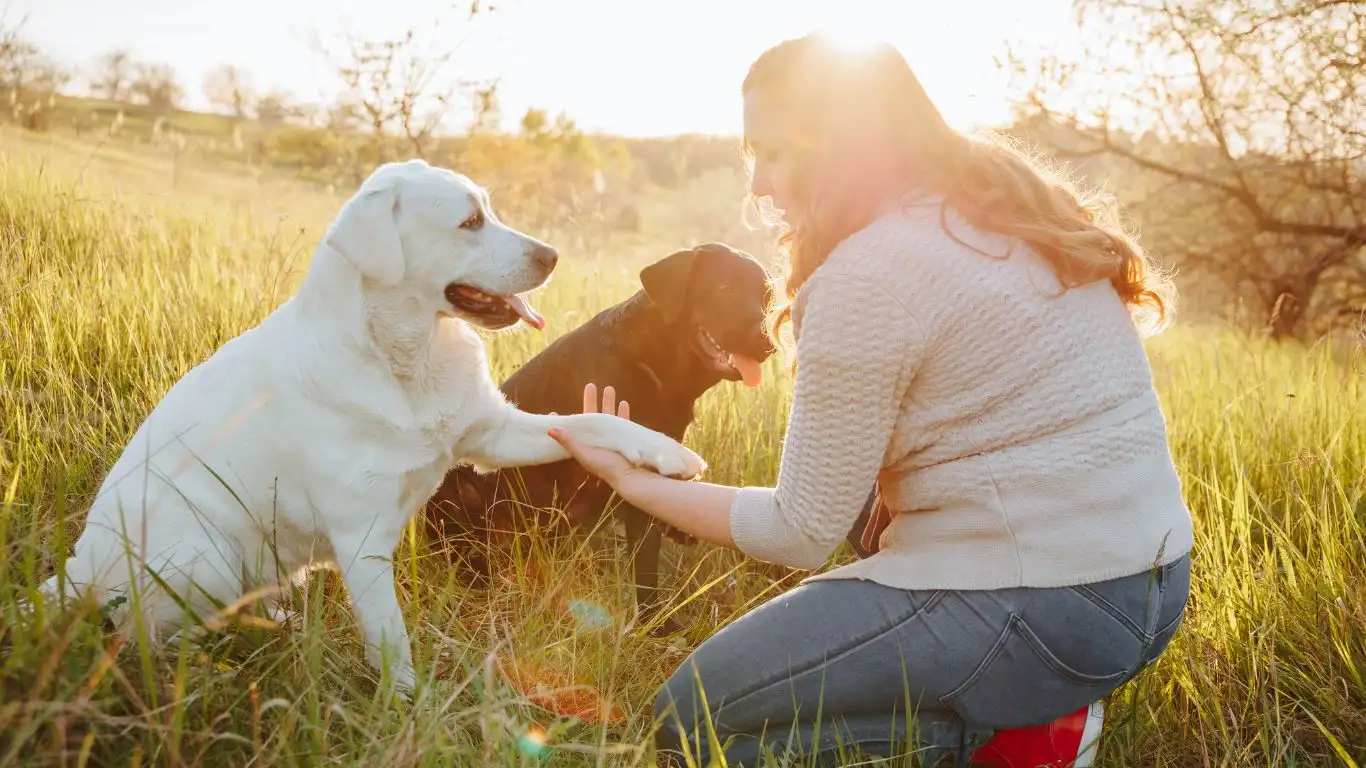
Crate Training for Positive Habits
Crate training is one of the best ways to give your dog a safe space and establish a routine. Some people are initially hesitant about crate training, thinking it’s cruel, but when done correctly, it can provide your dog with a comfortable and secure environment. Think of it as your dog’s personal den, where they can retreat to relax and have some quiet time.
When introducing your dog to a crate, make sure to do it gradually and positively. Start by placing treats, toys, or even a soft bed inside the crate to make it an inviting space. Let your dog explore the crate on their own terms, and once they’re comfortable with it, you can start encouraging them to enter the crate for short periods.
As your dog becomes more comfortable with the crate, you can begin using it for longer stretches of time, especially when you need to leave the house. This helps prevent destructive behaviors, like chewing or getting into trouble, when you’re away. Crate training also helps with potty training, as dogs naturally avoid soiling their sleeping area, which makes it easier to develop a consistent potty routine.
Leash Training and Loose Leash Walking
Leash training is an essential skill every dog should learn. It can be frustrating when your dog pulls on the leash, making walks feel more like a tug-of-war than a pleasant outing. But the good news is that with some patience and consistency, you can teach your dog to walk calmly by your side.
One of the most important things to remember when leash training is to never allow your dog to pull ahead of you. If your dog starts pulling, stop walking and stand still until they return to your side. When they stop pulling and look at you, reward them with praise or a treat, then continue walking. This teaches your dog that walking calmly on a loose leash gets them what they want—a nice, leisurely walk with you!
Remember to use positive reinforcement whenever your dog walks nicely beside you. Over time, they’ll learn that walking calmly on a leash is rewarding and that pulling results in the walk coming to a halt. Be patient, and make sure to practice regularly. Leash walking might take some time to perfect, but the effort will pay off in the form of enjoyable walks together.
Socialization: A Key to Well-Behaved Dogs
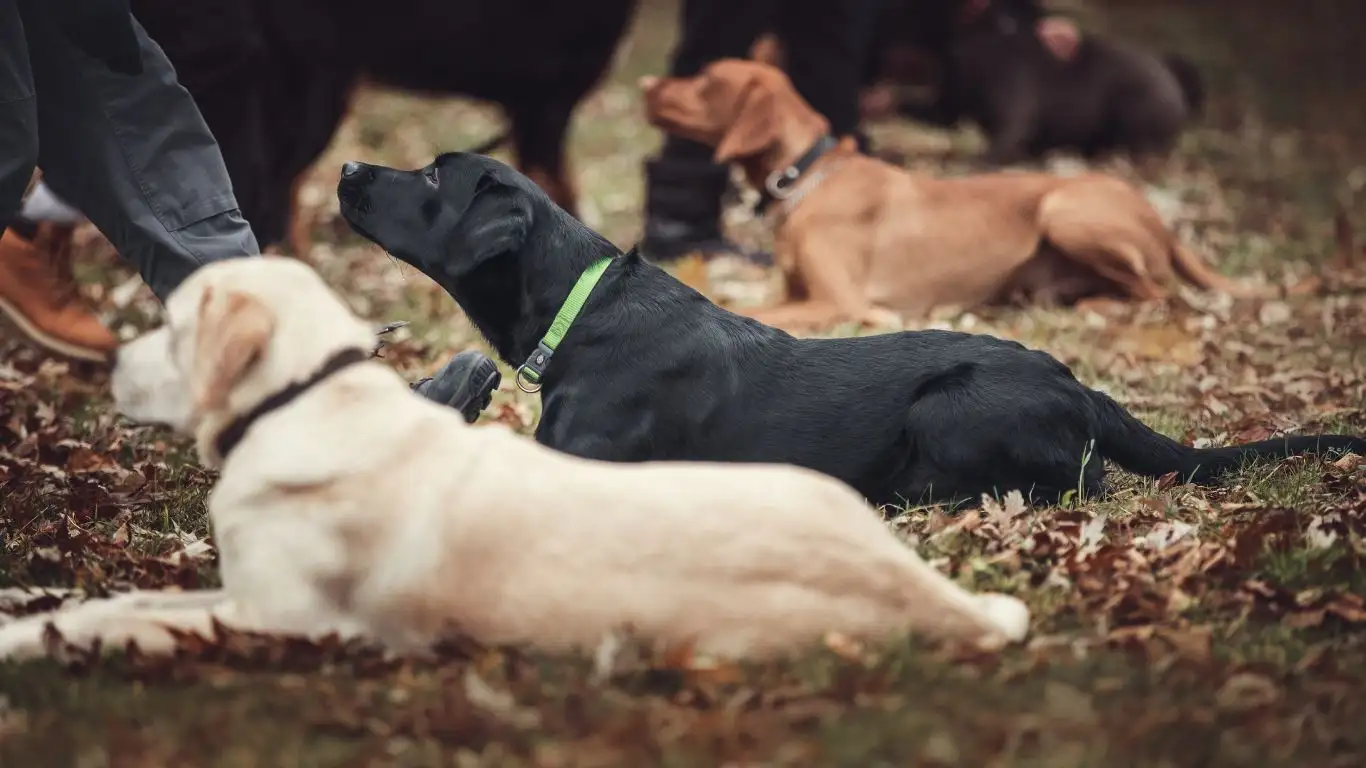
The Importance of Socializing Your Dog
Socialization is a crucial part of dog training, especially during puppyhood. The more positive experiences your dog has with new people, other dogs, and different environments, the more confident and well-behaved they’ll become as they grow older. If your dog is poorly socialized, they may develop fear-based behaviors like aggression, anxiety, or excessive barking when meeting new people or animals.
Socialization should begin as early as possible, ideally during the critical period for puppies between 3 and 14 weeks of age. However, older dogs can also benefit from socialization, although it might take a bit more time and patience. Start by exposing your dog to various situations, people, and animals in a controlled and positive manner. For example, invite friends over to your home, take your dog to a local pet store, or arrange playdates with other friendly dogs. Always make sure these interactions are positive and that your dog feels comfortable and safe.
One thing I’ve learned over the years is that socialization isn’t just about exposing your dog to new experiences—it’s about making those experiences as positive as possible. This way, your dog will start to associate new people, places, and animals with good things, rather than with fear or anxiety.
Maintaining Consistency in Dog Training
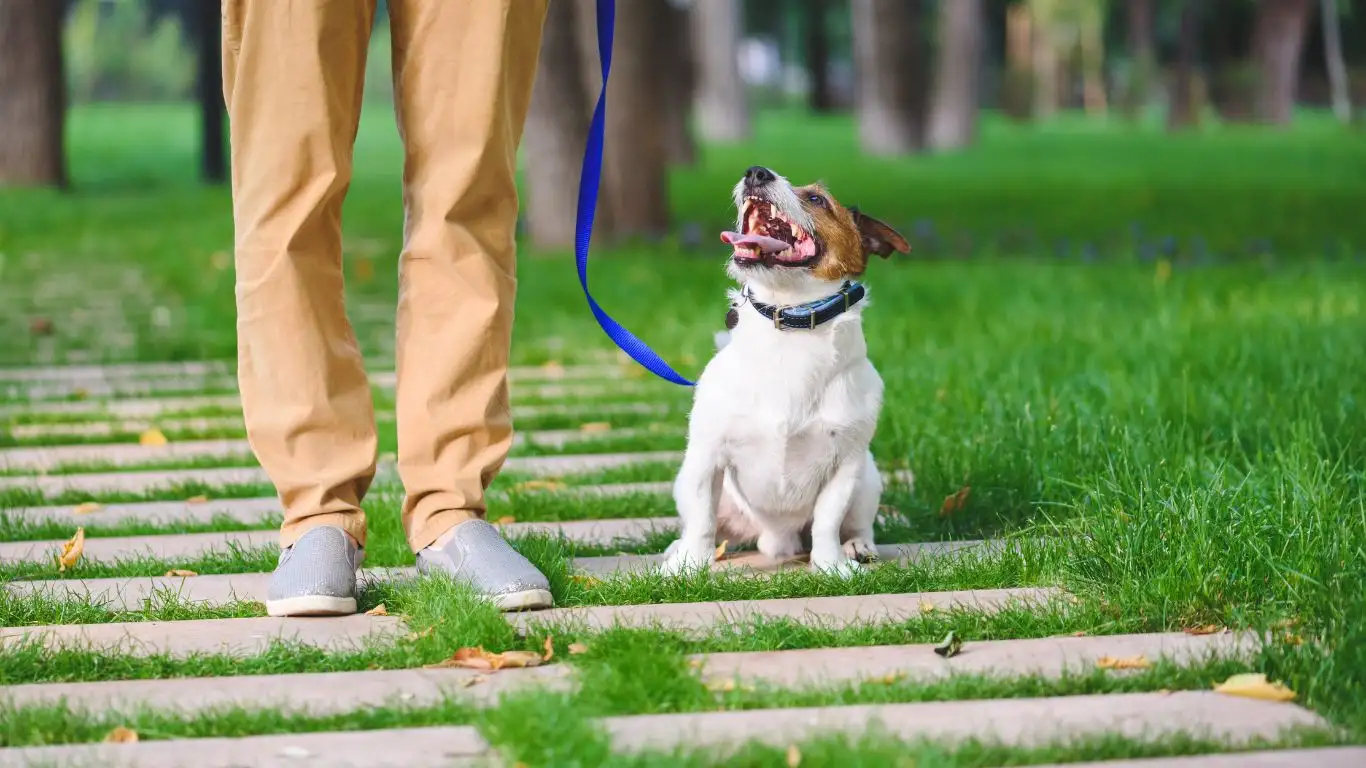
Staying Consistent Through Every Stage
Consistency is the foundation of successful dog training. If there’s one piece of advice I can give to dog owners, it’s to be consistent with your approach. Dogs thrive on routine, and they learn best when they know exactly what to expect. This applies to both training sessions and daily interactions. You need to consistently enforce rules and reinforce behaviors that you want to see more of, day in and day out.
When I first started my journey as a dog trainer, one of the biggest hurdles I faced was maintaining consistency. It’s easy to get frustrated or let things slide when your dog seems to be testing boundaries, but the truth is, being consistent is what helps them learn faster. If you let your dog jump on the couch one day and tell them off for it the next, they’ll get confused and might not understand why you’re reacting differently. So, whether it’s not allowing begging at the dinner table or teaching them to stop barking, remember: consistency is key!
Another important aspect of consistency is using the same commands and gestures every time. For example, when teaching your dog to sit, always use the same word, like “sit,” and pair it with the same hand gesture. This makes it easier for your dog to make the connection between the command and the action you want them to perform. The clearer and more predictable you are, the quicker they’ll pick up on the training.
Why Patience is Crucial for Success
Training your dog is a marathon, not a sprint. It’s easy to expect quick results, but dogs don’t always learn at the same pace. Every dog is unique, with different learning speeds and temperaments. Some dogs pick things up quickly, while others may need more time. As a trainer, I’ve had clients who wanted to give up after a few weeks because their dog wasn’t “perfect” yet. But with time and patience, their dogs learned—sometimes after a bit longer than expected, but they got there!
When you hit roadblocks in your dog’s training, take a deep breath. Training is a gradual process, and setbacks are just a part of the journey. It’s also important to keep in mind that every dog has different challenges. Some might be more easily distracted, while others could have a higher level of energy or anxiety. But no matter the challenge, with patience and consistent effort, you’ll see progress.
Handling Specific Behavioral Problems

How to Handle Separation Anxiety
Separation anxiety is a common issue that many dog owners face, especially if their dog becomes distressed when left alone. The signs of separation anxiety can include excessive barking, destructive behavior, and even accidents inside the house. As a trainer, I’ve worked with many dogs who struggle with separation anxiety, and it can take time to work through. However, there are some simple techniques you can use to help your dog feel more secure when you’re away.
One strategy is to gradually desensitize your dog to your absence. Start by leaving them alone for short periods and gradually increase the length of time. Make sure to keep your departures and arrivals low-key—this reduces the emotional impact of leaving or coming back. If you make a big deal out of it, your dog will associate your comings and goings with excitement or anxiety.
Another technique is to provide your dog with interactive toys or puzzle feeders while you’re gone. These keep them busy and distracted, which helps reduce feelings of anxiety. Some dogs may also benefit from crate training, as the crate can provide a safe and secure space where they feel comfortable when you’re away.
Dealing with Aggression in Dogs
Aggression is another behavioral issue that many dog owners worry about. Whether your dog shows aggression towards other dogs, people, or even you, it’s crucial to address the problem early on. Aggression can stem from fear, territorial instincts, or a lack of proper socialization, but regardless of the cause, it’s a behavior that needs to be handled with care.
As with any behavior problem, the first step is identifying the trigger. Is your dog aggressive when they’re on a leash? Do they react aggressively to certain people or dogs? Once you understand what triggers the aggression, you can work to desensitize your dog to those situations. In many cases, positive reinforcement training can help. Rewarding calm, non-aggressive behavior can gradually replace the negative responses. It’s also important to avoid punishing aggressive behavior, as this can escalate the issue and cause more fear or anxiety in your dog.
If aggression is severe, I recommend seeking the guidance of a professional dog trainer who specializes in behavior modification. With the right approach and plenty of patience, most dogs can learn to manage aggression and respond more calmly to triggers.
Resources and References for Dog Training
If you’re looking for additional resources or want to explore more in-depth dog training techniques, here are some websites I highly recommend:
- PawPatron – Your go-to resource for dog training and behavior tips
- American Kennel Club (AKC) – A wealth of knowledge on dog training and breeds
- Cesar’s Way – Cesar Millan’s dog training techniques and advice
These sites offer articles, videos, and other helpful materials that can guide you throughout your dog training journey. Whether you’re just starting out or working through more advanced behavioral issues, these resources provide great support.
Disclaimer
Please note that while the training tips and advice shared in this article come from my personal experience and expertise as a Certified Professional Dog Trainer (CPDT-KA), every dog is different, and training results can vary. It’s essential to assess your dog’s individual needs and consult with a professional dog trainer if necessary. The information provided here is for educational purposes only and is not a substitute for professional veterinary advice or specific behavioral interventions. If you encounter more complex behavioral issues or if your dog has a medical condition, it’s always a good idea to consult with a veterinarian or a behavior specialist.
